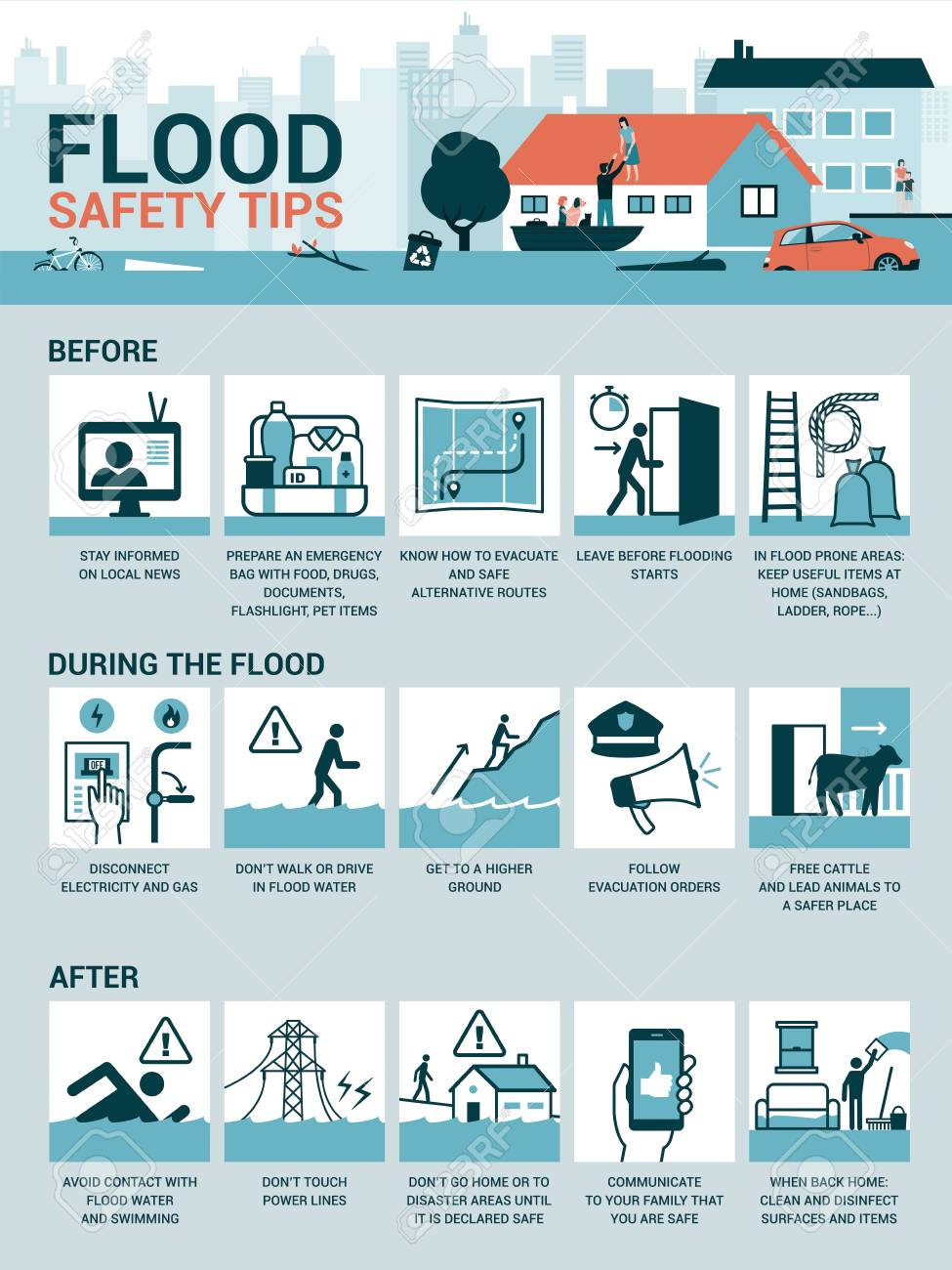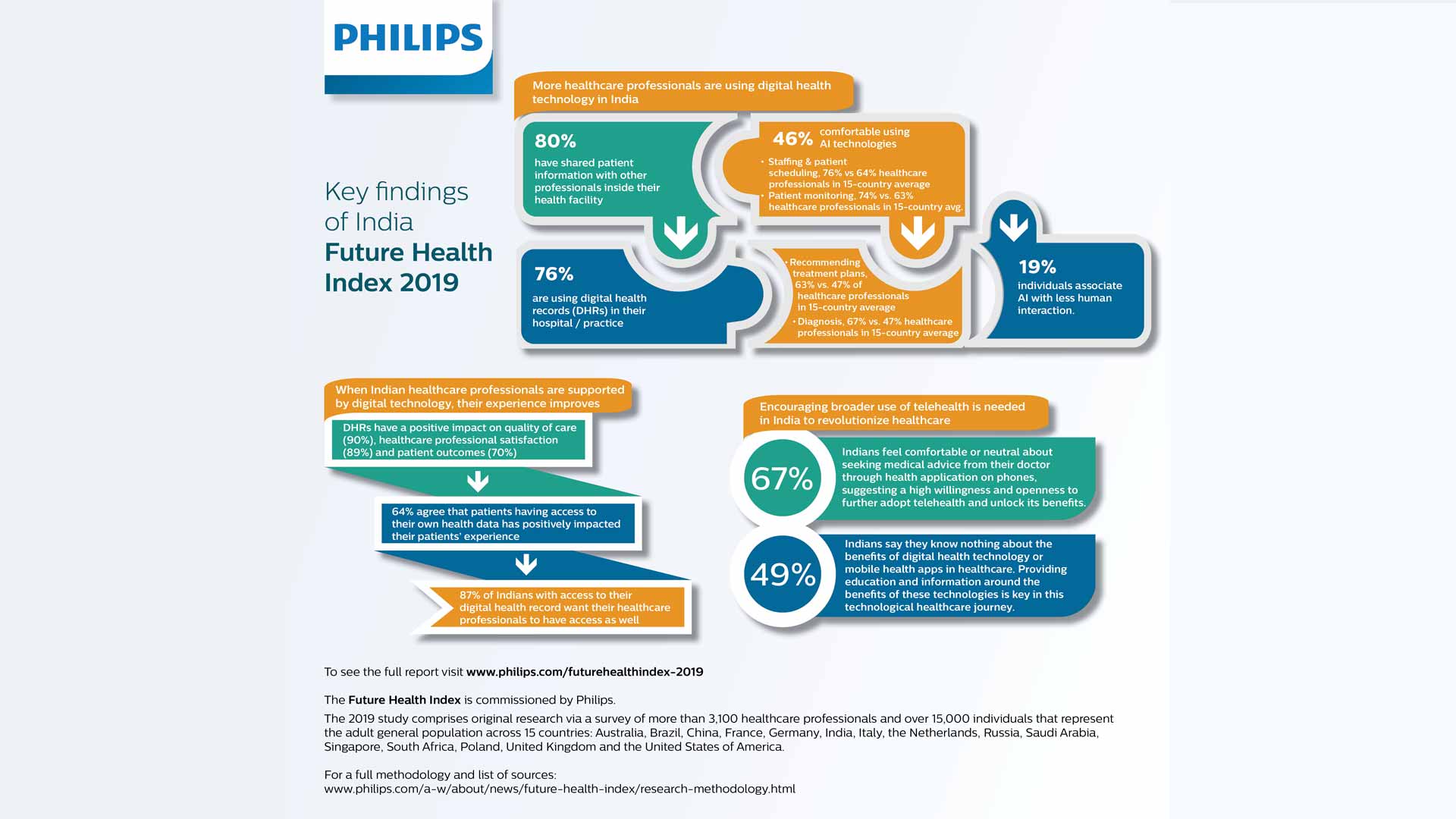Flood Alerts And Warnings: Key Differences And Actions To Take

Table of Contents
What is a Flood Alert?
A flood alert, sometimes referred to as a flood watch, indicates that flooding is possible in your area. Conditions are favorable for flooding to occur, such as heavy rainfall, rapidly melting snow, or dam failure, but it's not imminent. This crucial early warning gives you valuable time to prepare your home and family. Think of it as a yellow light – proceed with caution and prepare for the possibility of a more serious situation.
- Monitor weather reports closely: Pay attention to forecasts from the National Weather Service and local news channels. Look for updates on rainfall amounts, river levels, and potential flood risks in your specific area.
- Gather essential documents and supplies: Assemble an emergency kit including vital documents (insurance policies, identification), medications, non-perishable food, water, a first-aid kit, a flashlight, and a battery-powered radio. (See our detailed checklist below).
- Identify safe evacuation routes: Know the quickest and safest routes to higher ground or designated evacuation centers. Share this information with your family. Practice your evacuation plan to ensure everyone knows what to do.
- Begin moving valuable items to higher ground: Move furniture, electronics, and other important belongings to upper floors or elevated areas to protect them from potential floodwaters.
- Check on vulnerable neighbors: Reach out to elderly or disabled neighbors to offer assistance and ensure they are also aware of the flood alert and prepared to take necessary action.
What is a Flood Warning?
A flood warning means flooding is happening or is about to happen in your area. This is not a drill; immediate action is required. This is your red light – stop what you’re doing and take action. The situation is serious, and delaying action could put lives at risk.
- Evacuate immediately if instructed by authorities: If local authorities issue an evacuation order, leave immediately. Do not hesitate. Your life is more important than your property.
- Move to higher ground: Seek refuge on higher ground, away from flood-prone areas. If you’re unable to evacuate to higher ground, move to the highest level of your home and stay there.
- Avoid flooded areas – water may be deeper than it appears and could contain hidden dangers: Floodwaters can conceal debris, downed power lines, and other hazards. Never attempt to drive or walk through flooded areas.
- Do not drive through flooded roads: Even a few inches of water can sweep a car away. Turn around, don’t drown. Flooded roads are extremely dangerous.
- Turn off utilities if safe to do so: If it’s safe to do so, turn off electricity, gas, and water to prevent further damage and avoid electrical shocks.
Key Differences Between Flood Alerts and Warnings
| Feature | Flood Alert (Watch) | Flood Warning |
|---|---|---|
| Urgency | Low | High |
| Likelihood | Possible flooding | Imminent or occurring flooding |
| Action Required | Prepare, monitor, and be ready | Evacuate, seek higher ground |
| Timing | Flooding may occur in the future | Flooding is happening or imminent |
Essential Actions to Take During a Flood Alert or Warning
Effective emergency preparedness is crucial. This section provides a detailed checklist of actions to take before, during, and after a flood event.
-
Emergency Kit Checklist:
- Water (1 gallon per person per day for at least 3 days)
- Non-perishable food (at least a 3-day supply)
- First-aid kit
- Medications
- Flashlight and extra batteries
- Battery-powered or hand-crank radio
- Whistle
- Dust mask
- Plastic sheeting and duct tape to shelter in place
- Moist towelettes, garbage bags, and plastic ties (for personal sanitation)
- Wrench or pliers to turn off utilities
- Local maps
- Cell phone with chargers
-
Evacuation Plan:
- Identify multiple evacuation routes.
- Designate a meeting place outside of the flood zone.
- Determine transportation options (car, public transport, or walking).
- Inform family members and neighbors of your plan.
-
Post-Flood Actions:
- Check for structural damage to your home.
- Contact your insurance company to report damages.
- Avoid entering floodwaters until they are deemed safe by authorities.
- Follow cleanup guidelines provided by local emergency management.
- Be aware of potential health hazards associated with floodwaters.
Resources and Further Information
For up-to-date information on flood alerts and warnings in your area, consult these reliable sources:
- National Weather Service (NWS): [Insert NWS website link here]
- Your Local Emergency Management Agency: [Insert link to your local EMA here]
- FEMA (Federal Emergency Management Agency): [Insert FEMA website link here]
Conclusion
Understanding the distinction between flood alerts and warnings is vital for ensuring your safety and minimizing the impact of flooding. A flood alert signifies potential flooding, prompting preparation; a flood warning indicates imminent flooding, demanding immediate evacuation and action. By taking proactive steps and understanding the severity of each alert, you can significantly reduce your risk and protect your family and property. Stay informed about flood alerts and warnings in your area by monitoring local weather reports and following the instructions of emergency officials. Develop a comprehensive flood safety plan to protect your family and property. Don't wait until it's too late; prepare for potential flooding today. Learn more about local flood alerts and warnings now!

Featured Posts
-
 Sejarah Produksi Porsche 356 Di Zuffenhausen Jerman
May 25, 2025
Sejarah Produksi Porsche 356 Di Zuffenhausen Jerman
May 25, 2025 -
 Southern Vacation Area Fights Back Against Negative Safety Report Post Shooting
May 25, 2025
Southern Vacation Area Fights Back Against Negative Safety Report Post Shooting
May 25, 2025 -
 2002 Submarine Bribery Case French Investigation Points To Malaysias Former Prime Minister Najib
May 25, 2025
2002 Submarine Bribery Case French Investigation Points To Malaysias Former Prime Minister Najib
May 25, 2025 -
 What To Do During A Flash Flood Emergency A Step By Step Guide
May 25, 2025
What To Do During A Flash Flood Emergency A Step By Step Guide
May 25, 2025 -
 Philips Future Health Index 2025 Urgent Call To Action On Ai In Healthcare
May 25, 2025
Philips Future Health Index 2025 Urgent Call To Action On Ai In Healthcare
May 25, 2025
Latest Posts
-
 Zheng Qinwens Semifinal Berth At The Italian Open
May 25, 2025
Zheng Qinwens Semifinal Berth At The Italian Open
May 25, 2025 -
 Italian Open Zheng Qinwen Reaches Semifinals
May 25, 2025
Italian Open Zheng Qinwen Reaches Semifinals
May 25, 2025 -
 Zheng Qinwens Italian Open Semifinal Run A Breakthrough Performance
May 25, 2025
Zheng Qinwens Italian Open Semifinal Run A Breakthrough Performance
May 25, 2025 -
 Italian Open Semifinals Gauff Eliminates Zheng In Three Set Battle
May 25, 2025
Italian Open Semifinals Gauff Eliminates Zheng In Three Set Battle
May 25, 2025 -
 Zheng Eliminated By Gauff In Italian Open Semifinal
May 25, 2025
Zheng Eliminated By Gauff In Italian Open Semifinal
May 25, 2025
